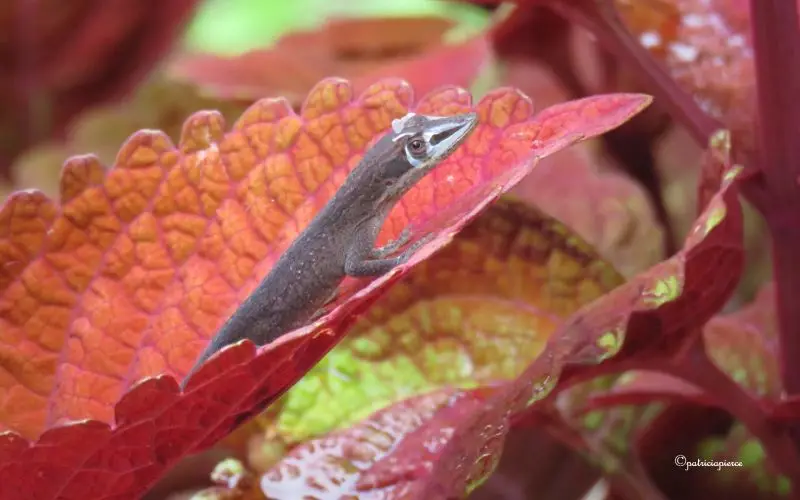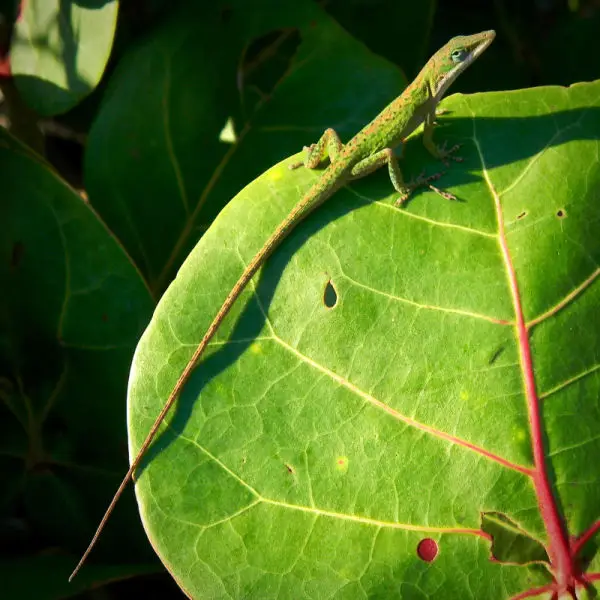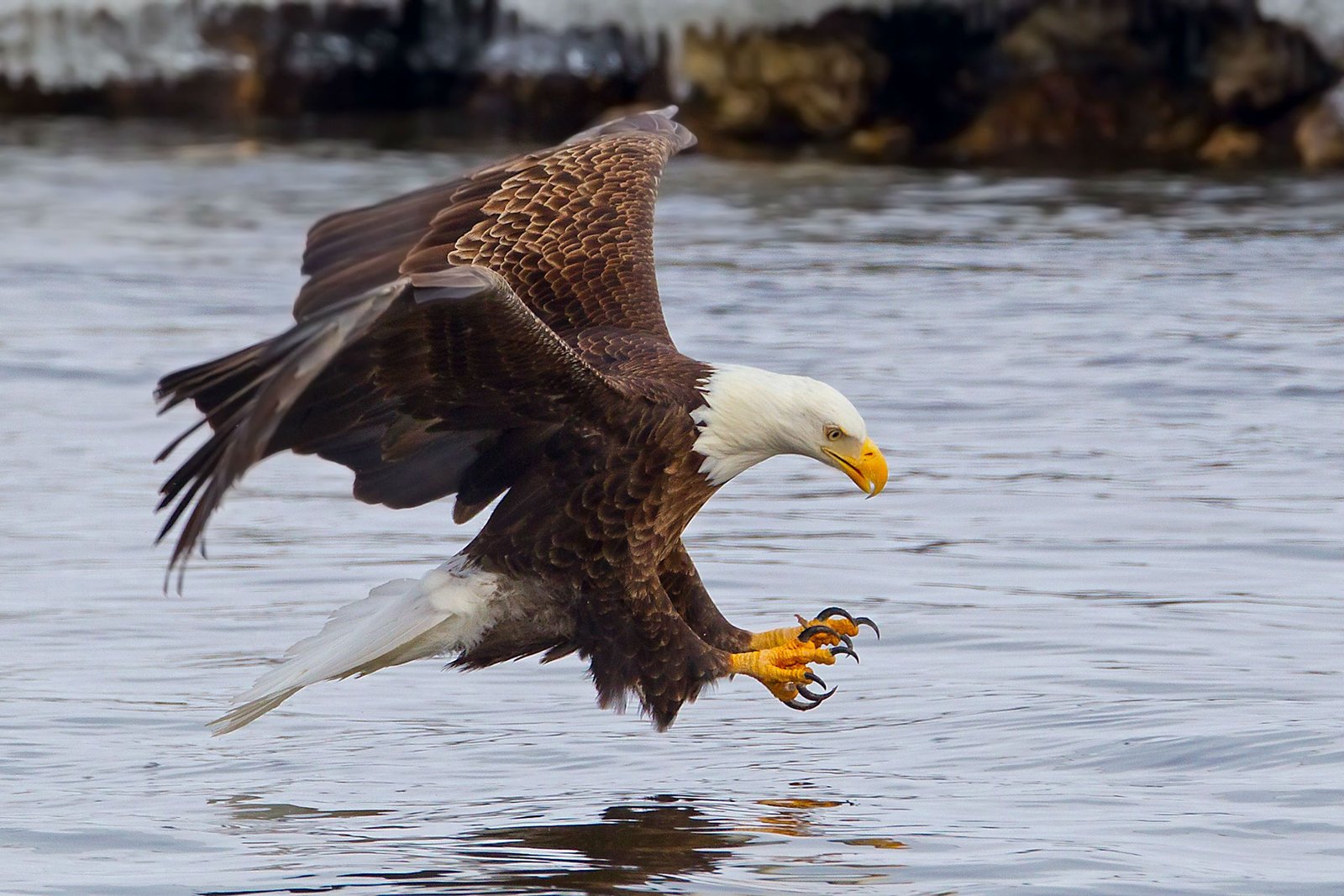The American anole (Anolis carolinensis) is an arboreal anole lizard native to the southeastern United States and introduced elsewhere. It is also sometimes referred to as the American chameleon due to its ability to change color from several brown hues to bright green, and its somewhat similar appearance and diet preferences. However, it is not a true chameleon and the nickname is misleading although it can camouflage.
Appearance
The typical coloration for American anole ranges from the richest and brightest of greens to the darkest of browns, with little variation in between. The male dewlap (throat fan) is three times the size of the female’s and bright red, whereas that of the female is lighter in color, ranging from white to pale pink. Females have a prominent white stripe running along their spine, a feature most males lack. The toes of these lizards have adhesive pads to facilitate climbing.
Photos with American Anole

American anoles are native to North America, where they are found mainly in the subtropical southeastern parts of the continent. Anoles are most abundant on the Atlantic Coastal Plains in North Carolina, South Carolina, Georgia, and Florida, and on the Gulf Coast in Alabama, Mississippi, Louisiana, and Texas, where they extend inland as far as the Texas Hill Country. In Carolina, they are found in the coastal plains and southern piedmont of North Carolina, but throughout South Carolina, while in Georgia they are widespread except in the Blue Ridge region. American anoles live in a wide variety of habitats but the preferred habitat is moist forests and brushy clearings. They are also common on roadsides, the edges of forests where there are shrubs and vines, swamps, steps, wooded parks, cleared fields, and building sites having abundant foliage and sunlight.

Population
Population threats
Currently, American anoles are abundant in their area of distribution and are able to thrive in disturbed areas, so these lizards are not considered threatened. However, they do suffer from competition with introduced Brown anoles, predation by other non-native anoles, and habitat degradation.
Population number
According to IUCN, the American anole is locally common and widespread throughout its range but no overall population estimate is available. Currently, this species is classified as Least Concern (LC) on the IUCN Red List and its numbers today are stable.

Habits and Lifestyle
American anoles are arboreal in nature but may be seen on the ground. They are solitary animals since birth. Males are strongly territorial creatures. Some have even been witnessed fighting their own reflections in mirrored glass. The male will fight other males to defend his territory. On sighting another male, the anole will compress his body, extend the dewlap, inflate a dorsal ridge, bob his head, and attempt to chase the rival away. If the rival male continues to approach, anoles will fight by biting and scratching each other. Serious injury is rare, but males often carry numerous scars on their heads and faces, especially during the mating season. Their territory, which is about 1 m3 (35 cu ft), usually includes two to three females.










